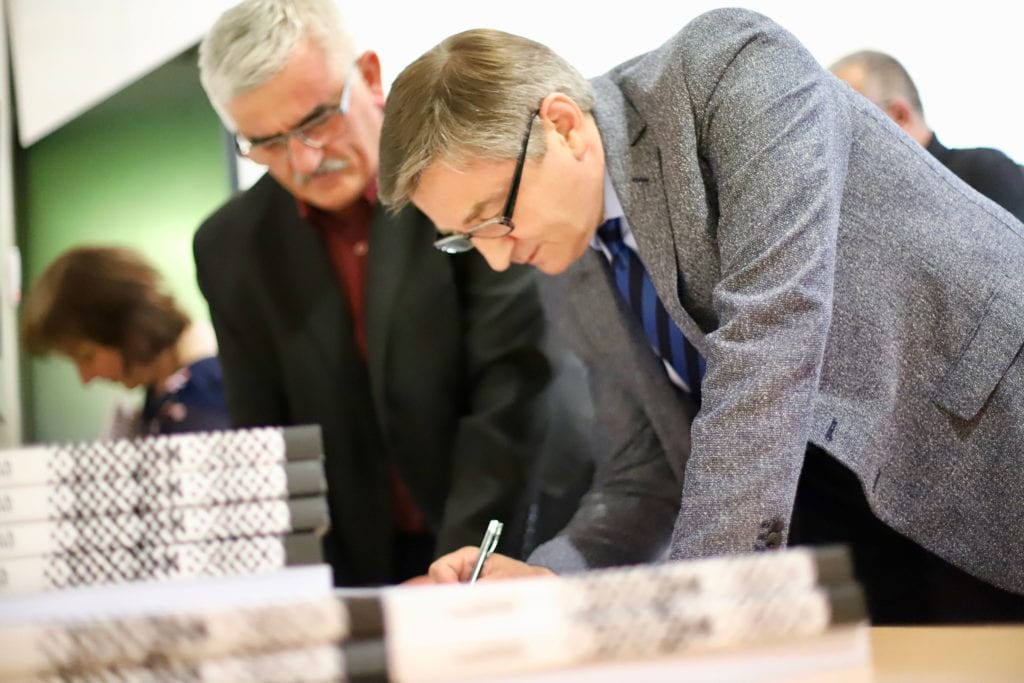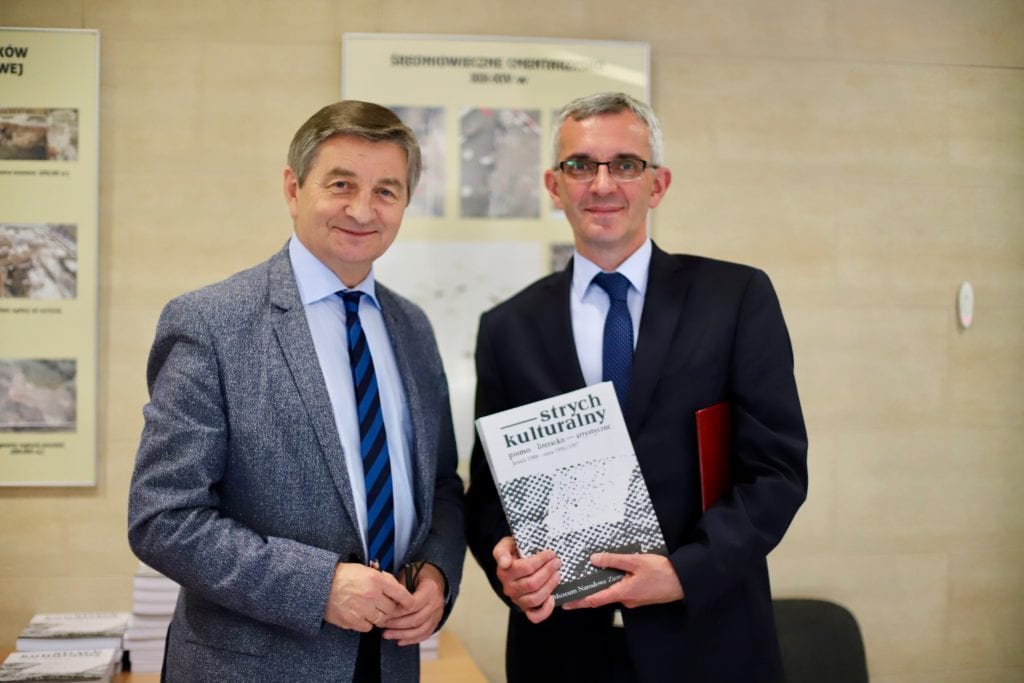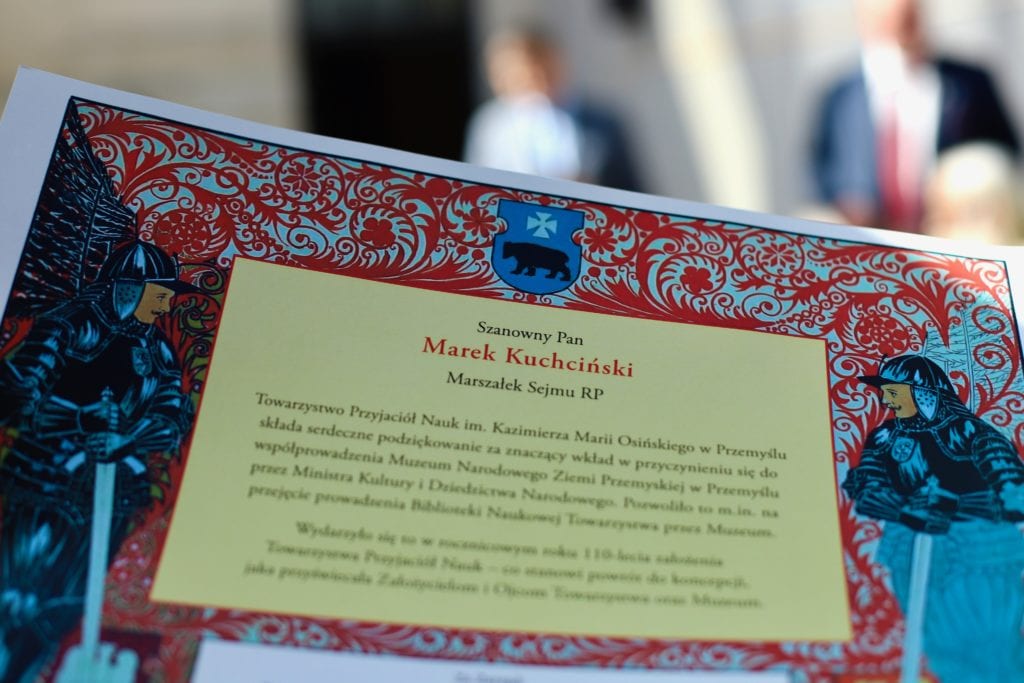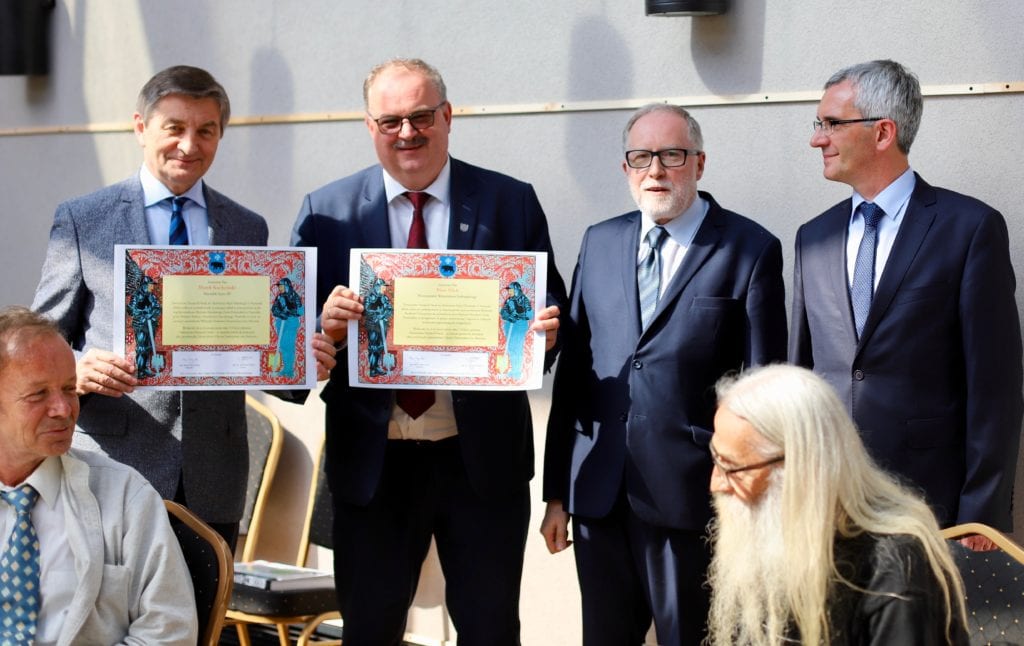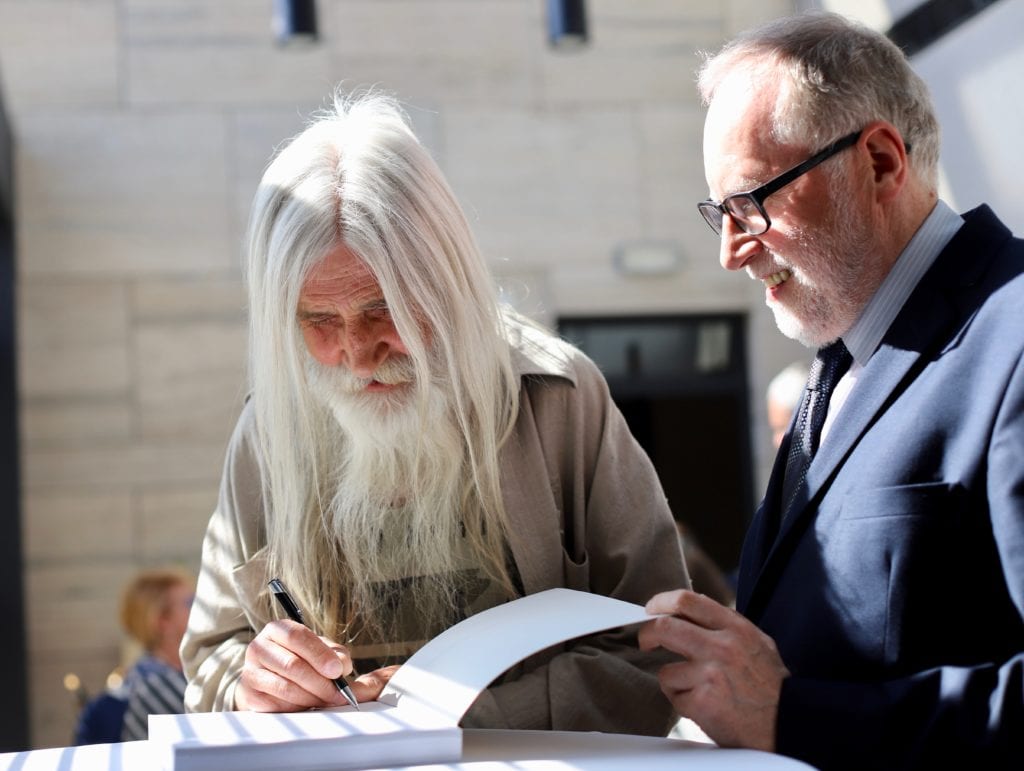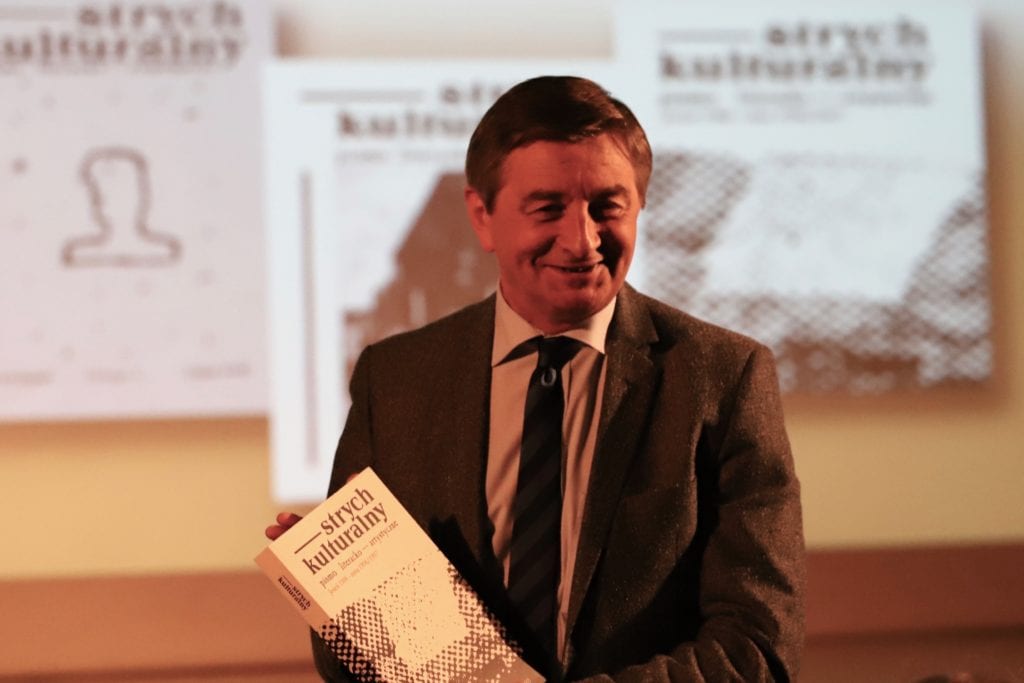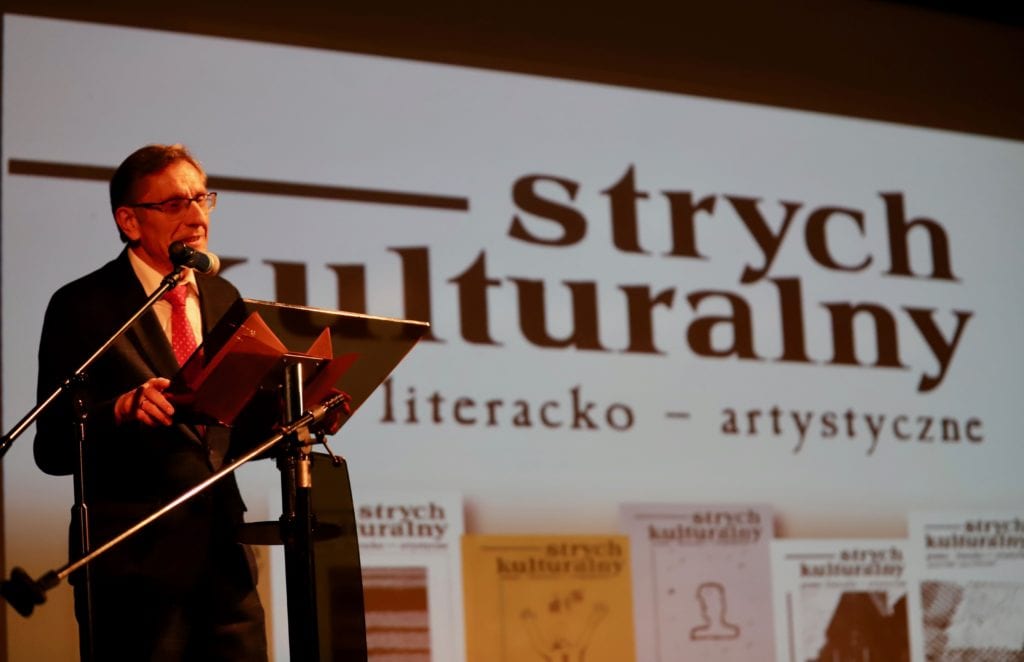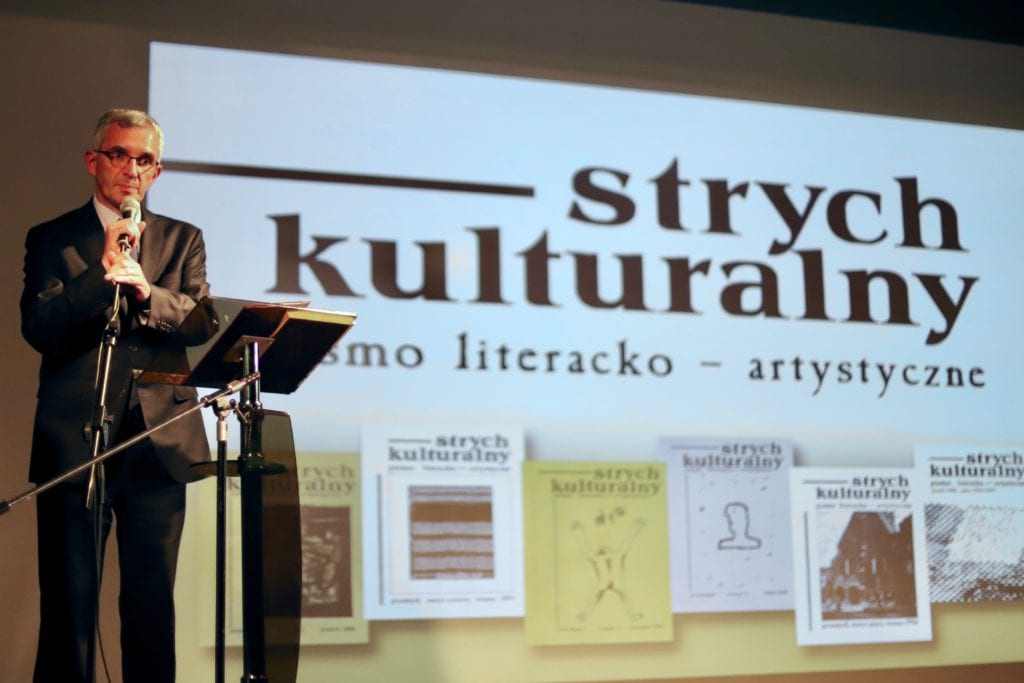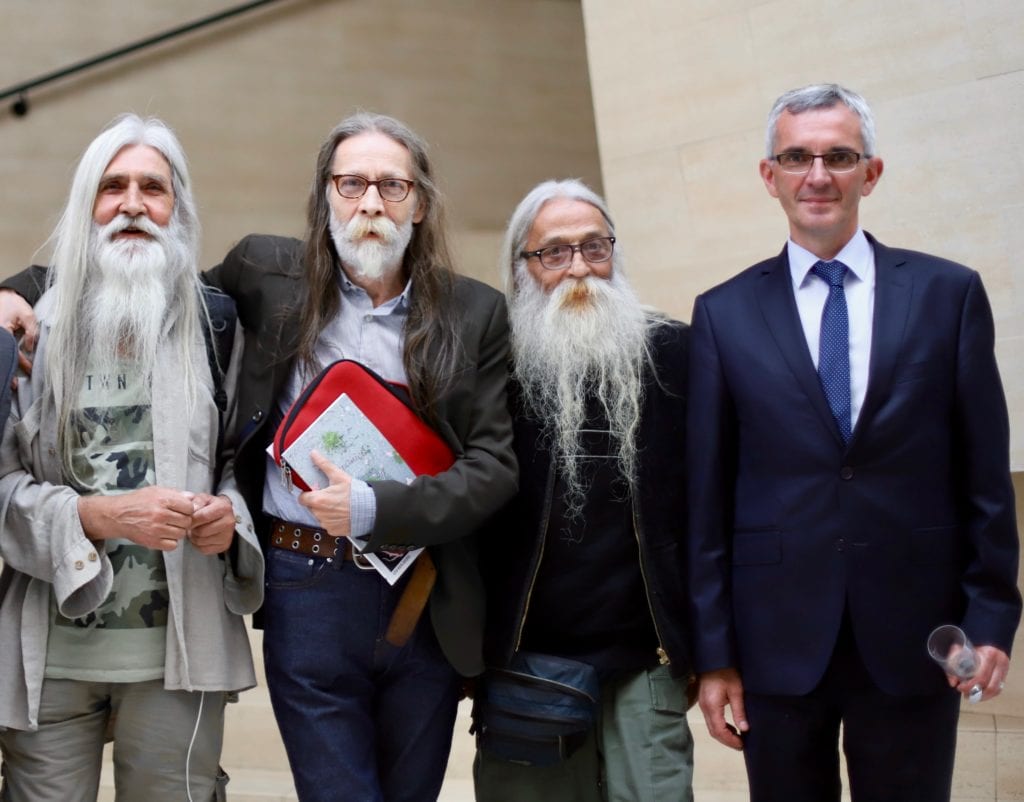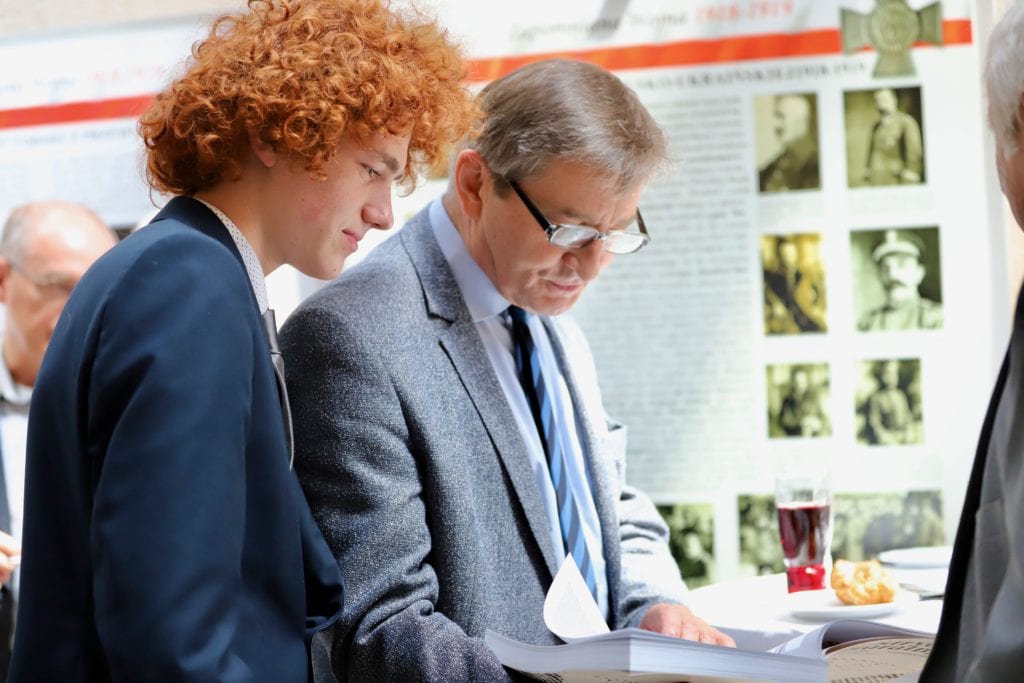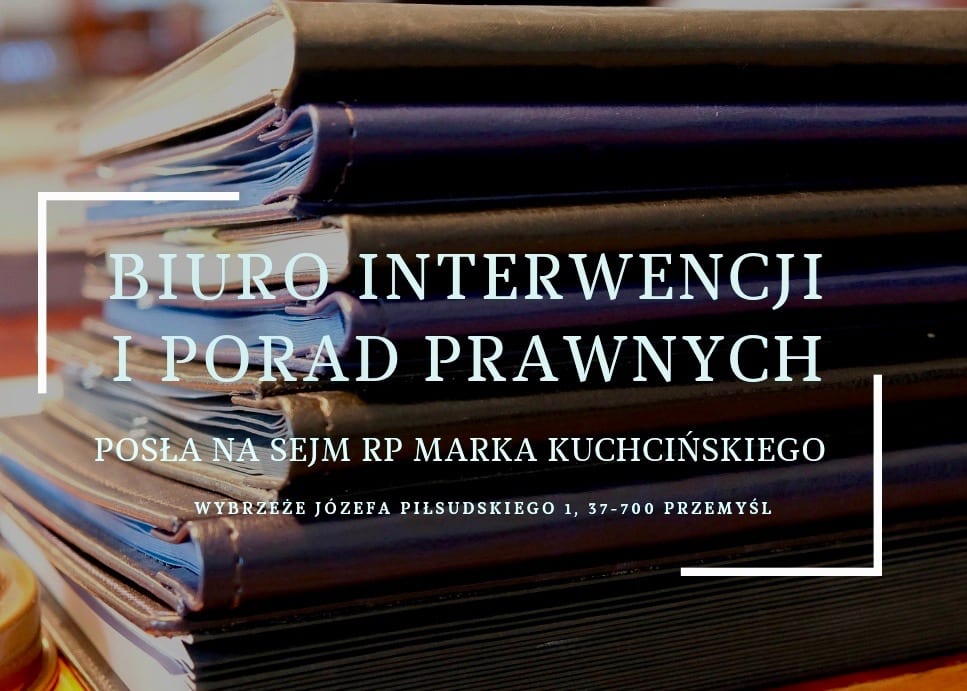The National Museum of the Przemysl Region hosted the promotion of the of the reprint of "Strych Kulturalny" - an underground magazine from the 1980s and 1990s created on the basis of meetings of a group of friends and their guests in Marek Kuchciński's attic. It was based on meetings of a group of friends and their guests in Marek Kuchciński's attic. - To the horror of the Security Service officers watching us from behind the bushes, we sat and We were discussing. There was everything in the attic: history of literature, history of art, history of philosophy, political thought. These were extraordinary studies," said director Jan Jarosz. Jan Jarosz, MNZP director.
In a letter from Roger Scruton read by the director the English philosopher writes, among other things:
And then I stumbled upon Przemyśl. Thanks to the careful work of Marek Matraszek we learned about the society of citizens in this old and once prosperous Galician city, who published an underground magazine, The Cultural Atticand who met, not like our friends from Czech Republic, in some cellar or boiler room underground, but on top of buildings, as if they didn't care who could see them. Their discussion group was described as attic, a place under a roof, and when I met them I found myself in an open society of normal, petty bourgeois people who were determined to live, paint, write and discuss, as if the Party was nothing more than a stream of of dirty water flowing in the sewage below.
They were headed by Marek Kuchcinski, a former student of art history, who lived outside the system and was an ardent believer culture as a liberation of the spirit and opposition to the totalitarian order. Writers, painters, teachers gathered around him, and it was thanks to him I was able to organize a series of visits by Western intellectuals to discuss in these attics the most important issues of the day.
Things began to change quickly, but the image of Przemysl as a haven for civil society in a bleak socialist state remained with me. It was a place determined to preserve its identity as a city, culture, and way of life. When the communists finally capitulated, I read with joy that Marek Kuchciński had been elected as a councillor and later as an MP for the city he had cared for so much during the years of oppression. I look back with pleasure at those times when art and culture were symbols of the freedom of the human spirit and I recall how important it was that small underground magazines such as The Cultural AtticThey kept alive the memory of freedom and were the seedbeds of a civil society that was soon to germinate again.
In the introduction to the "Attic" reprint, Prof. Krzysztof Dybciak wrote "Przemyśl has long been regarded as one of Poland's most beautiful cities, distinguished by its beauty especially during the reign of communism, whose essence included ugliness, to put it in Marxist terms, not only of blunt doctrine and socialist art, but also of its material 'base.' However, even the lovers of Przemysl and this part of Podkarpacie did not see the cultural diversity and dynamism of the intelligentsia of this ancient city if they limited themselves to observing official life. Only by immersing themselves in the space of religion and underground civic initiatives did they become acquainted with the spiritual richness of Przemyśl's environment.
Photo by M. Olejnik


